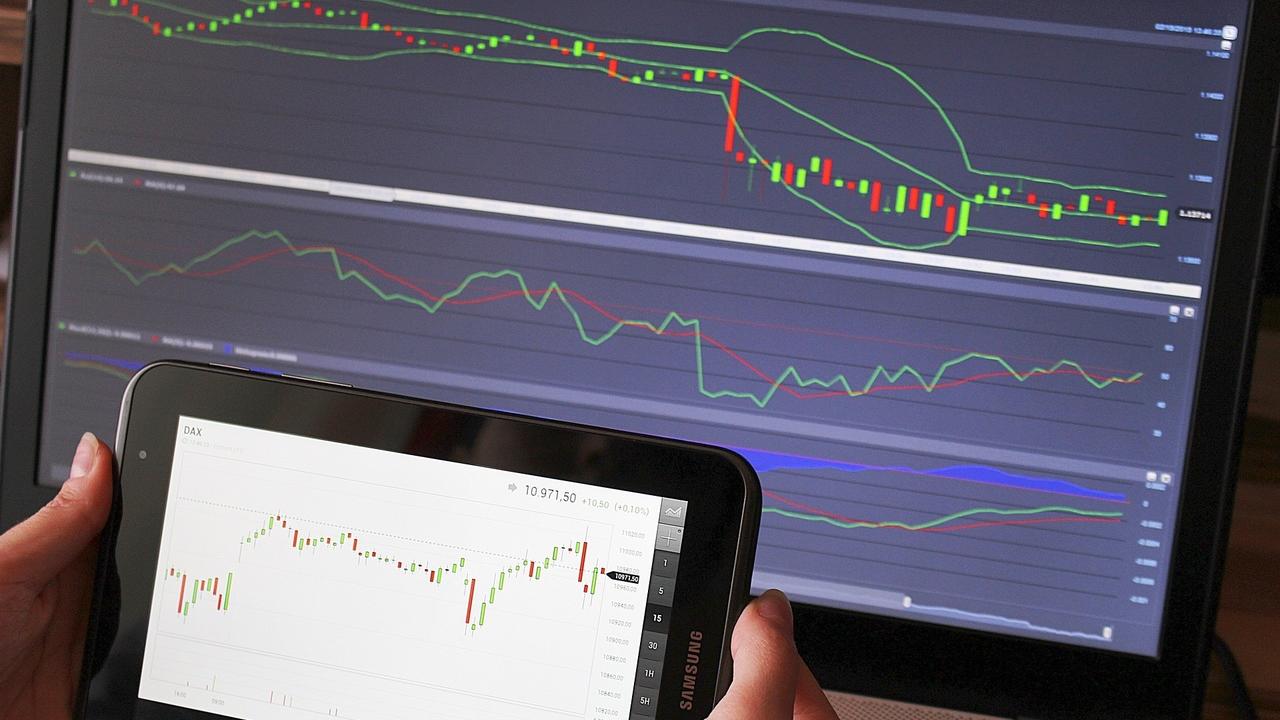SupremeCommerce Blog
Welcome to the SupremeCommerce Training blog! Where we discuss in depth about eCommerce, Amazon, dropshipping, digital marketing and investing, this blog is designed to keep you up to date with all things business and wealth.
Recovering from a Bad Loss on Forex

Recovering from a Bad Loss
Forex/Day trading is another form of a business that anyone can pursue, although it is a very different business model than what most people are use to. Just like a business, with trading you have to have a goal in mind to what you want to reach financially. With that goal in mind, you have to come up with a plan. With that being said, you also have to keep in mind that there will be losses. Recovering from a bad loss is possible, especially with the next few tips that we'll be sharing with you.
1. Take a breather. Avoid jumping into a new position to "make up for it".
Jumping into another trade or position after a bad loss is something you should never do. This could potentially cause more losses and could blow your entire trade account if you keep jumping just to make up the loss. This is called trading based on emotions which is how 80% + new traders lose money. Take a breather, stop trading for a bit or even the day. Take the time to clear your mind and ...
Scalp vs Swing Trades and Why Scalps are Better

Scalp vs Swing Trades
Before we get into scalp vs swing trades and why scalps are better, we're going to break it down to what each is. A scalp trade is when traders/investors make numerous profitable trades on small price changes, but done quickly. You're basically going in and then right out. A swing trade is when traders/investors when you hold open a trade for a day or more hoping it'll be a profitable trade.
Scalp and swing trades are two of the most common short term trading methods. With scalps you're making smaller but quicker trades, and with swing trades you're making bigger but longer trades. Both require concentration, but scalps need a higher concentration level than swings. Swing trades are higher risk when you're trading whereas scalps have lower risk.
Swing trades are great for those who are beginning with trading to those who are advanced with trading. The level of stress between both trades differ, scalps are a higher stress level than swings which is moderate. R...
Misconceptions with Forex Trading

Misconceptions with Forex Trading
There are a lot of misconceptions when it comes to forex trading. We’re going to dive a little deeper and go through some misconceptions and debunk them. Here are the top 6 misconceptions with forex.
1. THERE ARE MINIMAL LOSSES
When it comes to Forex trading, you need to be prepared that there could potentially be some bad weeks depending on how the market is moving, and any other factors that come into play. However, you need to look at the overall picture not just daily or weekly.
2. YOU CAN'T EARN MONEY WHILE TRADING
You can certainly earn money while trading. Keep in mind it is a long term investment. You also need to be dedicated and consistent to earn and formulate a profitable trade strategy.
3. TRADING IS GAMBLING
A lot of people do get this confused because you're putting your money into something without knowing the outcome, which is false. Trading you're taking calculated risks, knowing that there could possibly be a loss. You're also...
Why 90% Of Day Traders FAIL | The Best Forex Trade Strategy And Proper Lot Sizes
Why 90% Of Day Traders FAIL | The Best Forex Trade Strategy And Proper Lot Sizes
There are many strategies when it comes to day trading. The best plan of action for forex trading is a combination strategy. You shouldn't be relying on just indicators alone, but following 3 market phrases as your base, and using indicators to help confirm your entries.
Proper Lot Sizes can be controversial, depending what trader you ask because if you open LOTS of trades per week, you want smaller lots. 1-2 trades a week means you can use slightly larger lot sizes with the same account size. No matter your strategy you shouldn't go very far beyond the spectrum that is showed in this video.
Check out more videos here:
https://www.youtube.com/channel/UCvcTjXZG23ma1ydrByh0zjw
WRITTEN BY: Kevin Edgar
Forex PIPs and Common Currency Pairs

Forex PIPs and Common Currency Pairs
Another day, another dollar. Let’s learn a bit more about PIPs and pairs. The most common currency trading are as follows: USD (U.S. dollar), JPY (Japanese Yen), GPB (Great British Pound), CAD (Canadian dollar), and EUR (Euro). Before we get ahead of ourselves, let’s talk about PIPs and what it is.

A PIP is an abbreviation for price interest point. PIP is a measurement tool that is used within currency pairs which correlates to the smallest price movement made by any change of the currency exchange rate. Most currency pairs, except JPY, are quoted to the fourth decimal position or one-hundredth of one percent. This means that smallest change in the currency pair would be the last figure. JPY denominated currency pairs are quoted to the second decimal position. A one PIP difference can equate to a consequential profit or loss, even though it is a small measurement unit. As an example, if we entered a trade for EUR/USD and we bought Euro for 1.17...
Tips For Starting With Forex And Day Trading

Tips for Beginning with Forex
As some of you may heard, big things are coming to our platform - or already here (May 1st, 2020!)
SupremeCommerce Training has entered the world of Forex to bring you another pillar for your foundational wealth building.
If you are looking into earning extra income, we highly recommend for you to start building your foundation for wealth with an eCommerce business, such as Amazon or Shopify. With an eCommerce business you can start earning quickly in short-term, whereas, with Forex, though you can earn short-term, it is more of a long-term earning process.
However, if you are 100% sure you want to start with Forex, then here are some tips for you:
- Do not put your entire savings into it; start off with $300+ - the more the better, as long as it is funds you can afford to risk.
- If you are a beginner or just starting off, start with a broker such as my favorite: LQDFX or Hugosway, and a demo account on MT4 for about a month or so. This w ...


